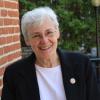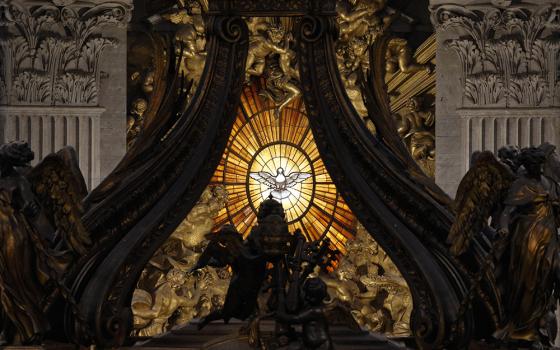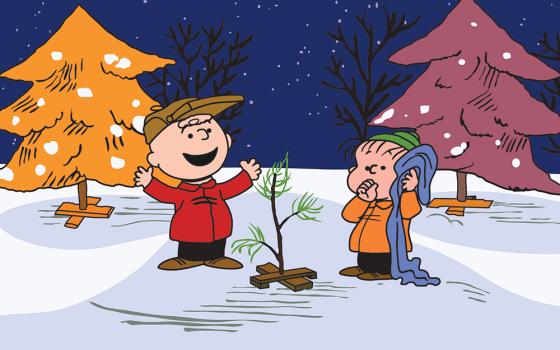
(Unsplash/Dan Cristian Padure)
When native English speakers over the age of 13 begin to learn Spanish, there are a few words that really trip us up because Spanish, more precise than English, distinguishes the underlying concepts in words like for (por/para), to know (conocer/saber), and to be (ser/estar). The word ser refers to something innate as in, "I am a woman"; estar indicates a temporary condition, like "I am hungry" or "I am near you."
Considering those differences can lead us to interesting questions about our identity. In regard to life and death, one uses the verb estar, thereby declaring that death is considered less than a permanent/definitive condition. Grammatically, speaking of being a Christian, one would use ser, indicating that my faith defines me as much as my gender. One wonders if that is true to life or simply a matter of semantics.
The story of Saul, the persecutor turned apostle, opens up today's question of Christian identity. In Acts, Luke presents us with a very human community made up of martyrs, cheaters and liars, cowards and converts, and disputing/discerning disciples.
Paul, the zealous convert, found that he was not easily welcomed by the Jerusalem Christians who lived in an atmosphere demanding that they be as shrewd as serpents while striving to be as gentle as doves. Their experience warned them they should fear Paul, but the reliable apostle Barnabas verified Paul's authenticity as a disciple who had met the risen Christ and testified to him.
The First Letter of John tells us, "Let us love not in word or speech, but in deed and truth." This makes a teaching of what Barnabas testified on behalf of Paul: The proof of commitment is not in words and speech but deed and truth.
John may have intended to make his readers think twice when he said that. We generally think of truth as something verbal, as in, "I swear to tell the truth." John, on the other hand, is treating truth as a verb in itself, as something we do rather than something we say.
That also clarifies what John means by believe. For John, belief in Jesus is not an intellectual exercise but the motivator of all our activity.
Today's Gospel emphasizes one of Jesus' solemn "I am" pronouncements: "I am the vine." This is the seventh and last of his "I am" self-descriptions in John's Gospel.
Jesus had already identified himself as the living bread, the light of the world, the sheep-gate, the good shepherd, the resurrection and the life, and the way, the truth and the life. Each of those statements reflected on his relationship to the disciples, pledging that he would nourish, guide, protect and lead them, and endow them with life and true knowledge.
The image of Jesus as the vine and us as the branches crowns all the rest. This metaphor goes beyond all that he has said before and paints a picture of what he would later pray: "May all be one, as you Father, are in me and I in you, that they also may be in us." By using the image of vine and branches, Jesus explains that we are an intimate, inextricable part of him and of one another.
The image lures us to explore the depths of our connection to the God of life. It reminds us that whether or not we recognize it, we are dependent on God.
At the same time, both the image and Jesus' prayer for unity recognize that it is up to us to play our part. Our life and potential come from God, but we are the ones who choose to bear fruit or to choke ourselves off from the vine.
Advertisement
Jesus' "I am" statements are revelation, his self-description and his explanation of what that means for us. They are therefore an ongoing invitation to relationship with him.
Today's readings invite us into a deeper understanding of Christ and of ourselves as disciples. We can contemplate the image of the vine — like that of the shepherd, bread of life, etc. — as God's rationale for creation and the Incarnation. Each of the statements describes how God reaches out to creation in love. Each statement also invites us to respond — to be the branches, God's flock who seek the light, eat the bread, and know from whence comes our life.
Today's readings remind us that we must continually choose who we truly want to be. God always offers us the option of being fruitful branches, receiving and giving divine life. We are called to choose our real identity just as really and radically as Saul chose to become an apostle. We are invited to be true, continuously growing in love. It's not about semantics.







